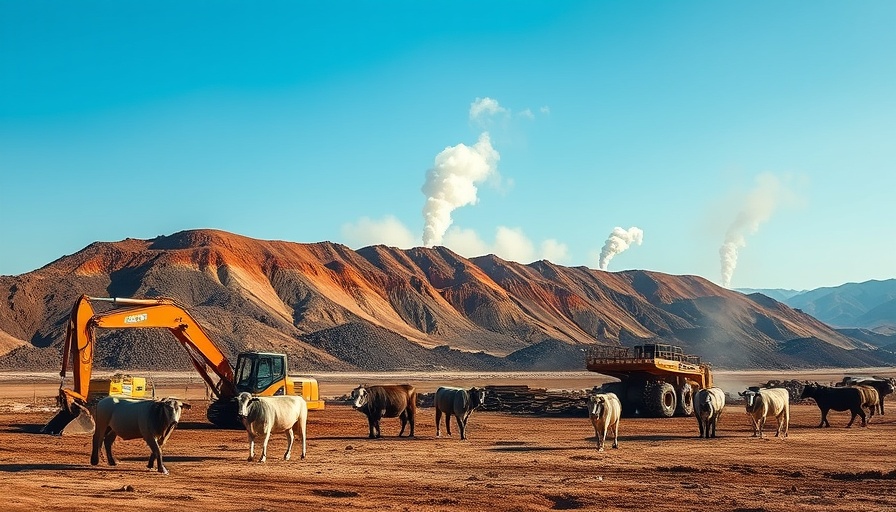
NOAA Halts Tracking of Climate Disaster Costs Amid Financial Cuts
The National Oceanic and Atmospheric Administration (NOAA), a pivotal player in monitoring climate-related disasters, has recently made a controversial decision to cease tracking the monetary impact of climate crisis-fueled weather events. This announcement, which follows significant budget reductions and layoffs enacted during the Trump administration, raises serious concerns about how future climate impacts will be understood and addressed.
Why Stopping this Database Matters
For 45 years, NOAA has maintained the Billion-Dollar Weather and Climate Disasters database, a vital resource that collates data on catastrophic weather events across the United States. The decision to halt updates on this database means vital information about the economic impacts of disasters like heatwaves, floods, and wildfires will no longer be actively monitored. This information plays a crucial role in understanding the broader trends of climate change's impact, allowing for informed federal and state responses.
Political Reactions to NOAA's Decision
The decision has drawn sharp criticism from various political figures, including Democratic Representative Eric Sorensen who argues that such moves reflect a broader denialism surrounding climate change. By omitting vital data, the administration appears to undermine the urgency and severity of the climate emergency. Notably, current data from NOAA indicates that, despite official reports claiming there have been no billion-dollar disasters through April 2025, scientists within the National Centers for Environmental Information (NCEI) suggest that several significant events have indeed occurred, hinting at a disconnection between political narratives and climate reality.
Impacts on Future Disaster Preparedness
The cessation of this database could severely hinder the country's ability to plan for and respond to climate disasters. Historically, NOAA's database has been essential in estimating total losses from incidents, using input from FEMA, insurance organizations, and state agencies. Experts fear that without this ongoing data collection, regions will struggle to assess their long-term vulnerability and adapt accordingly.
The Economical Significance of Climate Data
Industry experts, like Jeremy Porter from the financial modeling firm First Street, emphasize that the lack of coordinated damage-trend analyses will impact regional disaster preparedness. NOAA's approach has been distinguished by its standardized methodology and access to proprietary data sources, which are invaluable for climate research. With the loss of this vital information, evaluating the financial implications of climate events will become increasingly challenging.
Looking Forward: The Future of Climate Data
As we grapple with intensifying weather events and their ramifications on society, the steps we take now regarding climate data collection will shape our future resilience. The current trend towards reducing government oversight on climate impacts can lead to serious repercussions not only for insurance and economic forecasting but also for disaster response and recovery efforts. The challenges of climate change require robust data systems to inform advocates, scientists, and policymakers alike.
In summary, the decision by NOAA to stop tracking and reporting on costly climate disasters reflects a worrisome shift in prioritization that could profoundly affect disaster preparedness and public understanding of the climate crisis. As the escalation of extreme weather continues to challenge communities across America, the need for comprehensive, updated data has never been more urgent. Advocates and citizens alike must call for the restoration of this crucial service to safeguard our environmental and economic future.
 Add Row
Add Row  Add
Add 




Write A Comment